
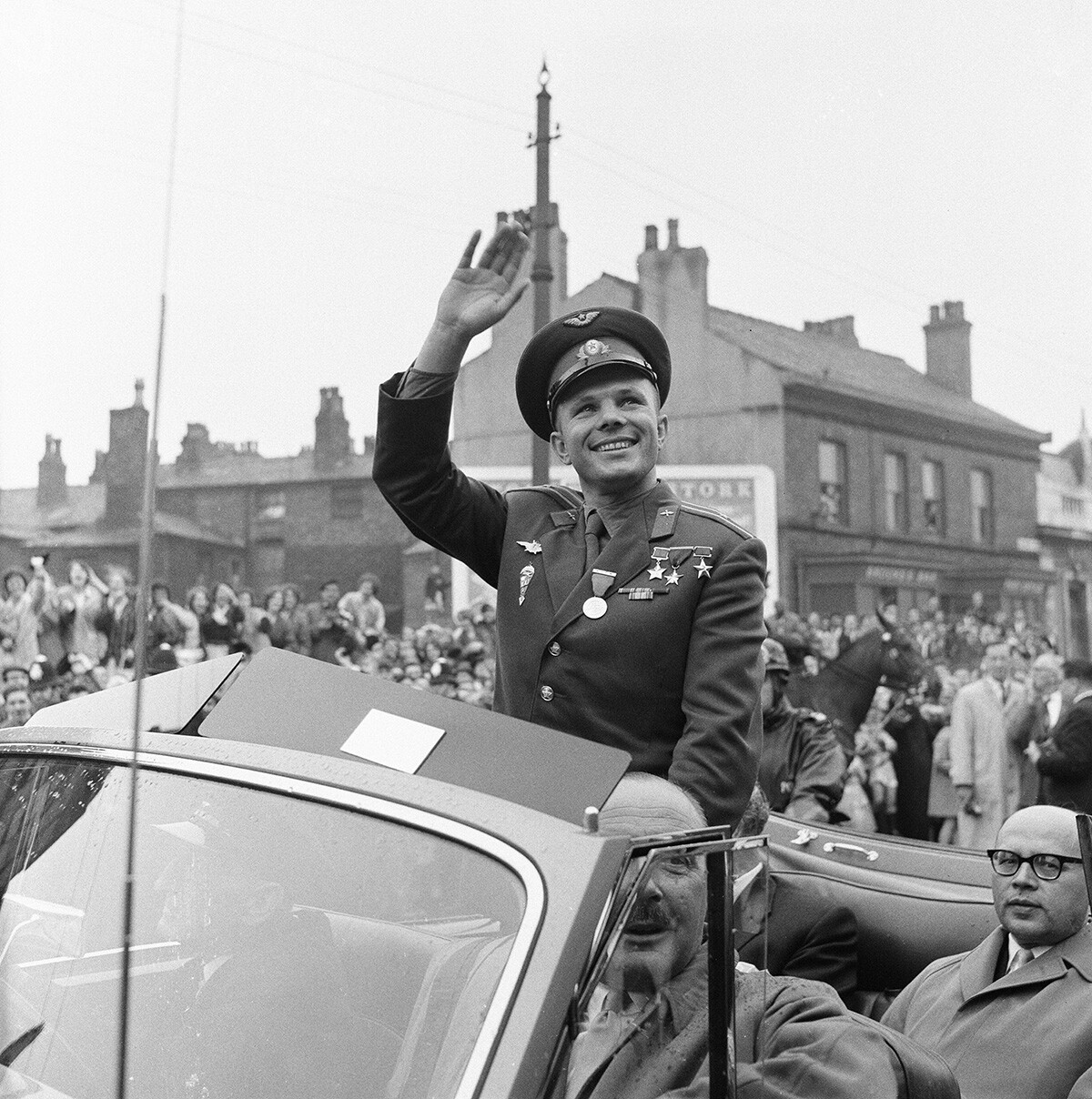
April 12, 1961, became the day that changed history. Yuri Gagarin became the first man to go to space and successfully return. After this legendary journey, Soviet authorities immediately sent Gagarin on a “tour” to 29 countries. He even had lunch with English Queen Elizabeth II and broke protocol by taking a photo with the monarch.
However, everything could have ended not-so-triumphantly. That’s why Gagarin wrote a farewell letter to his wife Valentina before the flight. By a sad coincidence, his wife did receive it – but seven years later, after the death of Gagarin during a training flight on a fighter jet on March 27, 1968.
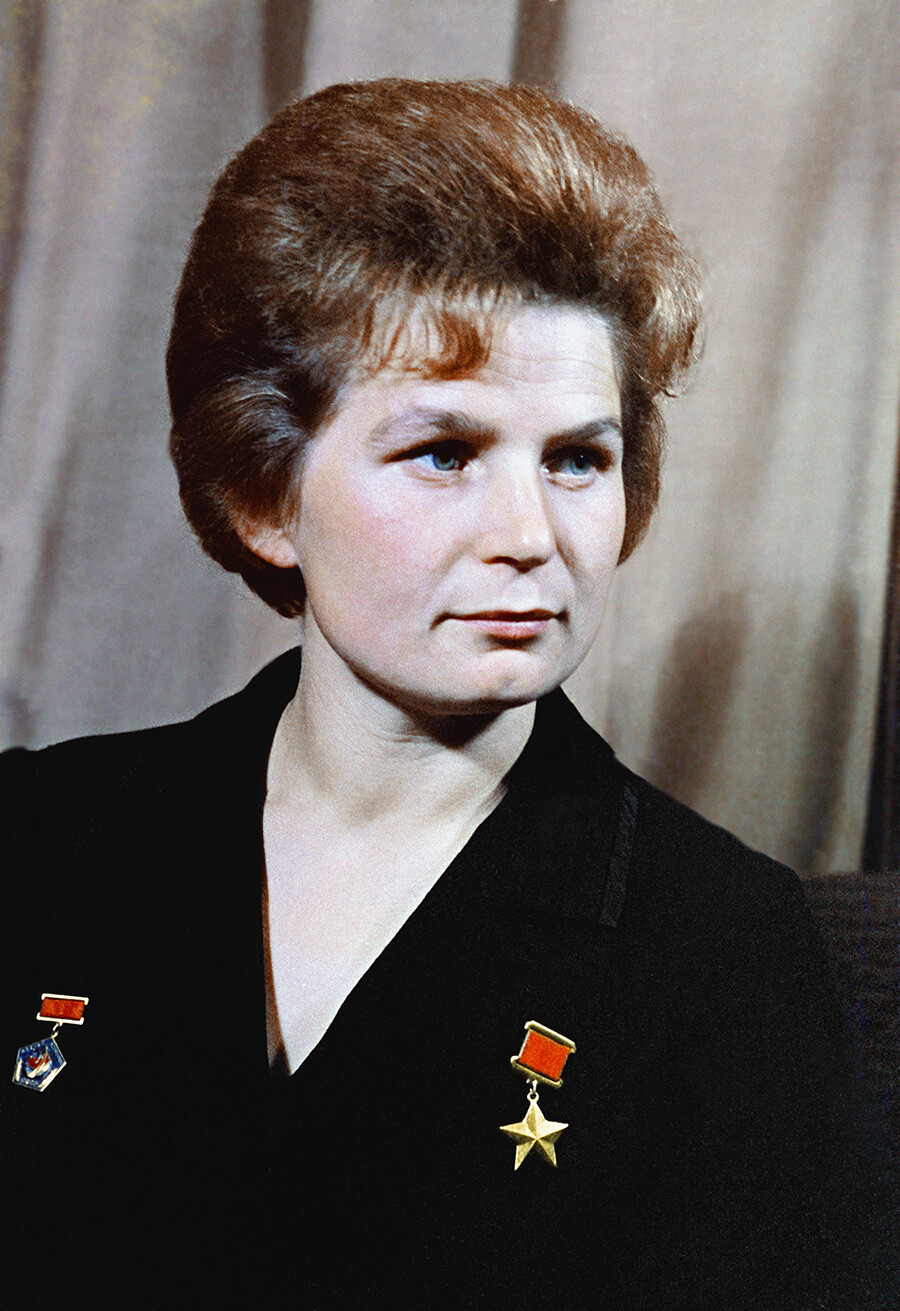
The daughter of simple Soviet workers became the first woman to go to space and successfully return - alone. No other woman after Valentina Tereshkova has repeated her feat – after her, not one female cosmonaut would go to space solo. On June 16, 1963, she went to orbit and circled the Earth 48 times. The flight was quite rough for Valentina, but the fact that she returned home made her a legend. And, for Soviet leader Nikita Khrushchev, it was yet another reason to poke fun at the West. He said with unconcealed pleasure: as the bourgeoisie has always considered women the “weaker sex”, under socialism, women had equal opportunities.
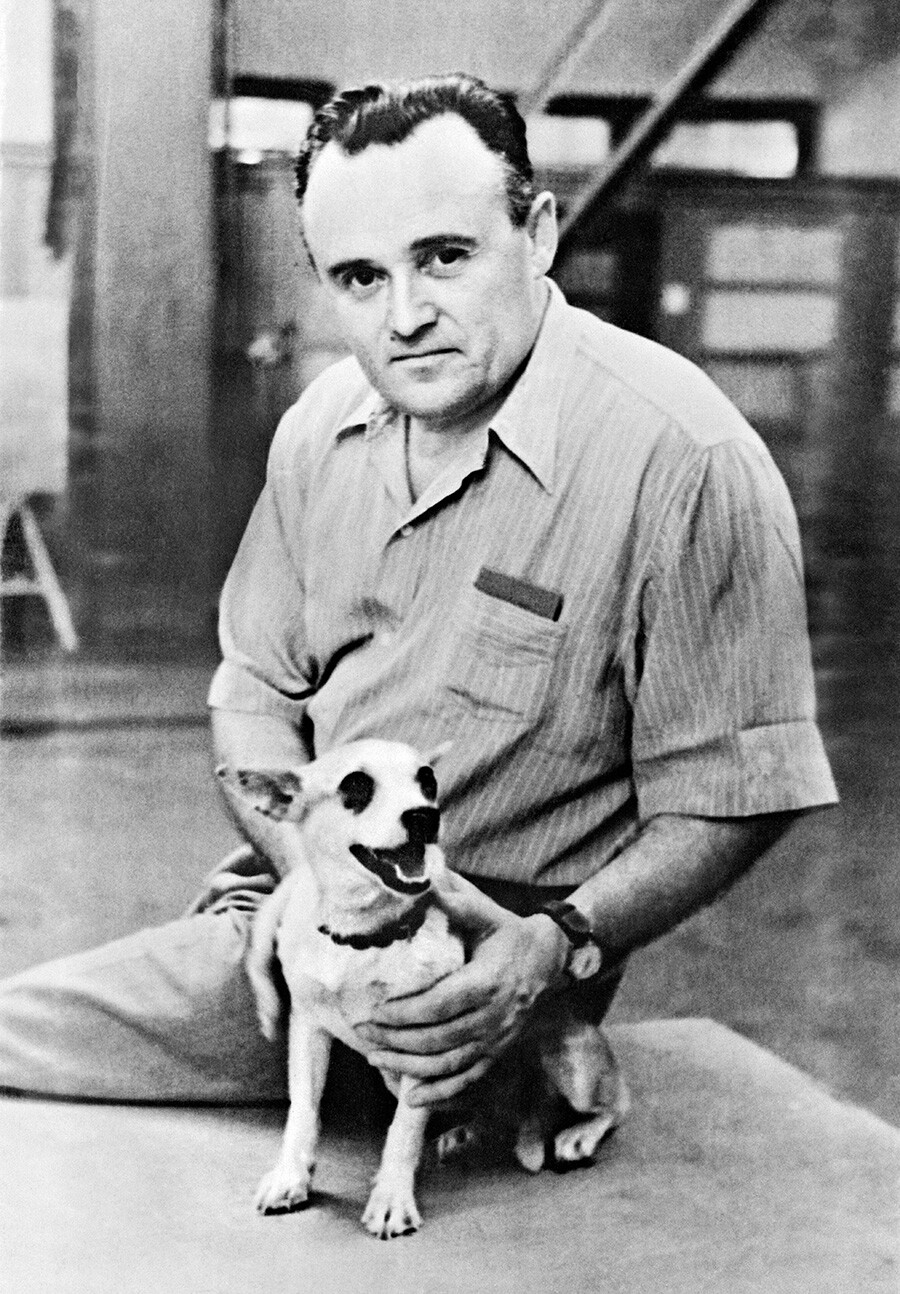
This is the man, without whom there wouldn’t have been the first Soviet satellite launch, nor would there have been Yuri Gagarin’s flight in 1961. Sergei Korolev was the leading designer of the Soviet space industry and its ideologist. He led all space projects undertaken during the first decades of the space era. And it happened after he was sent to a GULAG for 10 years under false charges. Korolev was in prison until 1944, after which he ended up heading the Soviet space program.
However, the masses only learned that Korolev was behind the main space achievements after his death in 1966, from an obituary in the ‘Pravda’ newspaper. Before then, his name was kept a secret.
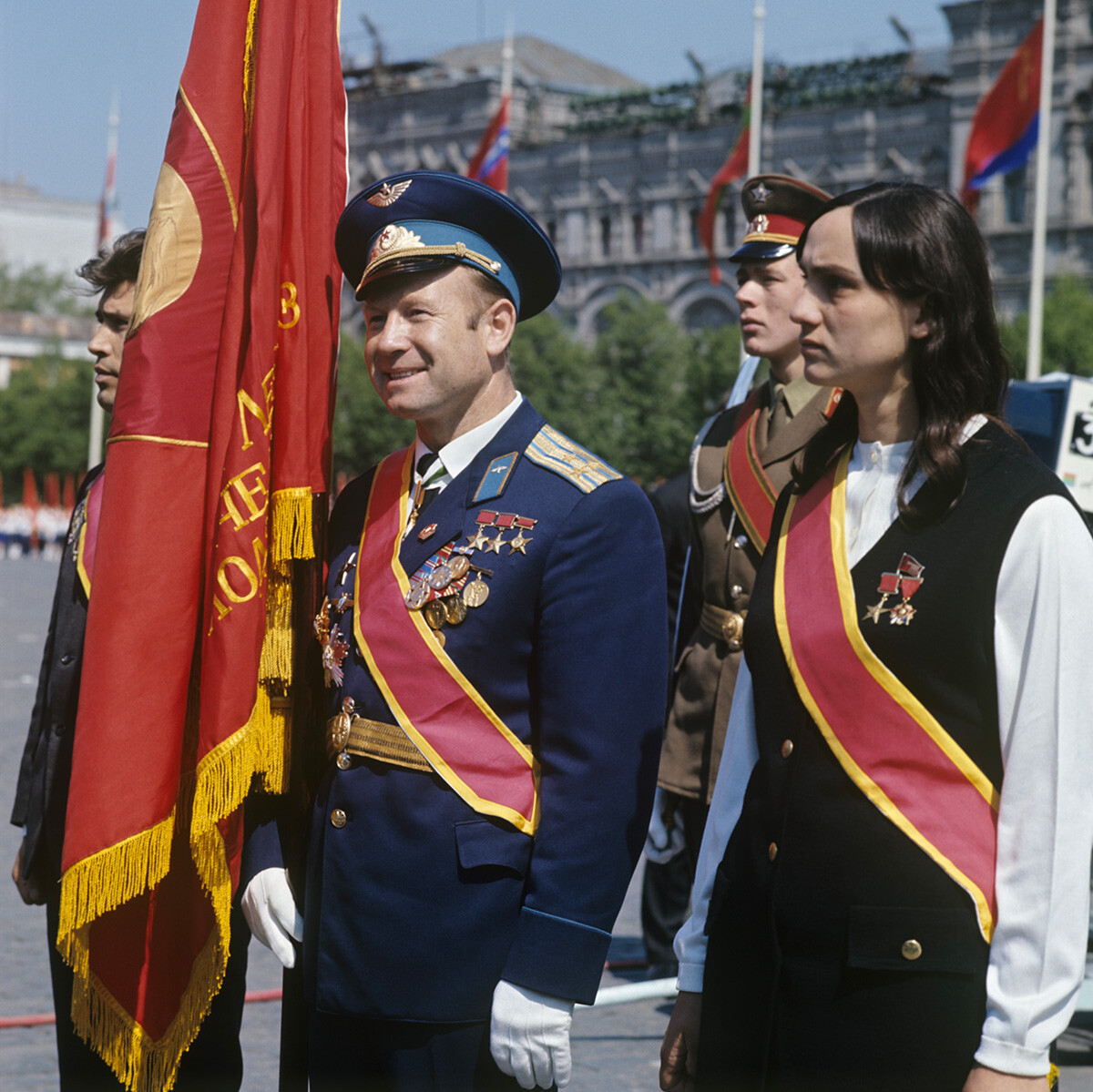
Alexei Leonov became the first man who went to open space, conducting a space walk outside of his spaceship. “I spent only 12 minutes in open space. But, now, I can tell that each of these minutes required a year of training back on Earth,” he said after his legendary flight in 1965.
Indeed, it was impossible to fully imitate the conditions of open space on Earth and, over these 12 minutes he spent floating next to the spaceship, Leonov’s spacesuit inflated unpredictably, which slowed all his movements. However, he managed to return to the spaceship In the inflated spacesuit, despite experiencing heavy g-forces. The chances of death in open space were very high. Read more about Leonov’s feat here.
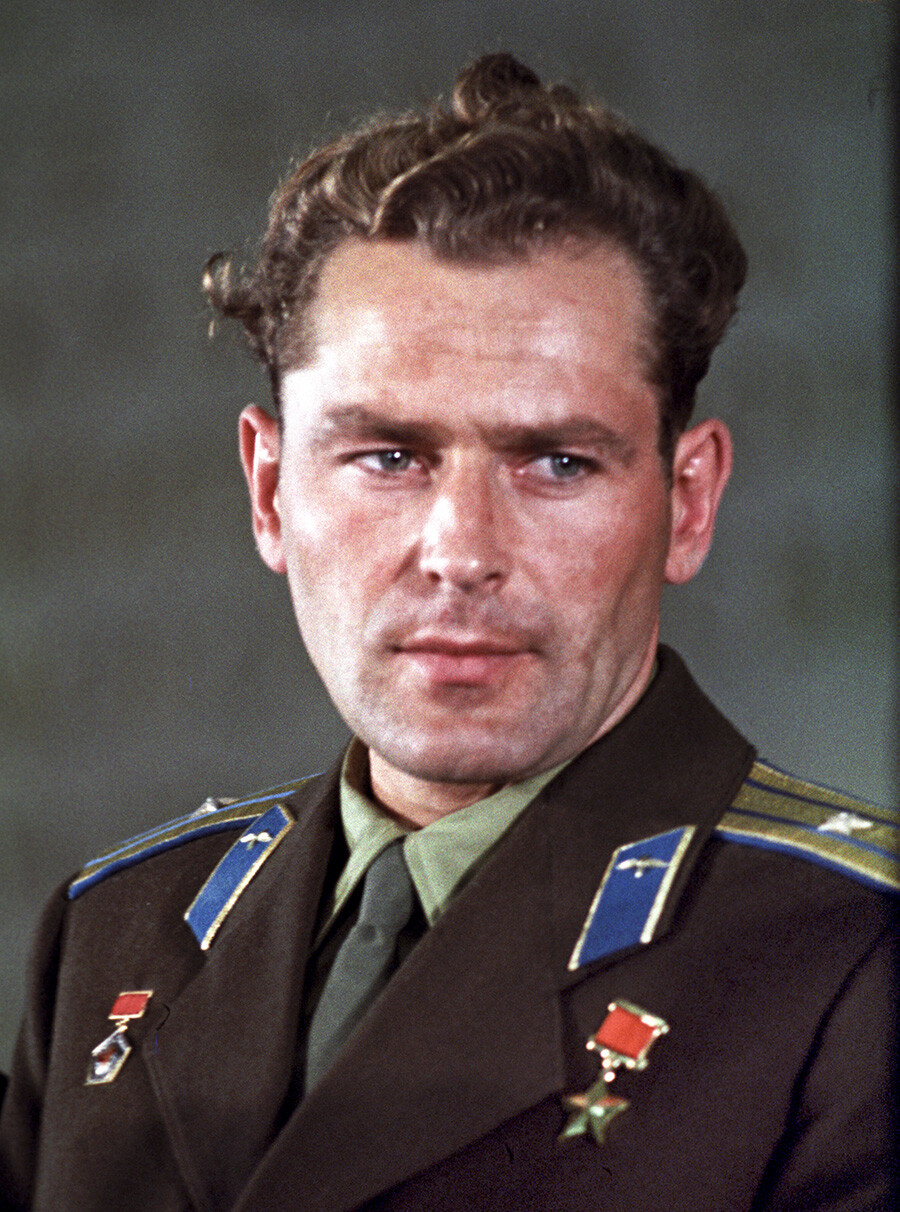
Those who place second, sadly, don’t go down in history. But, it was all different with Gherman Titov – Gagarin’s double in that landmark flight on April 12, 1961.
Gagarin successfully fulfilled his task and they didn’t need to call up Titov, but he still went to space a couple of months later. He was just 25 and, until 2021, he remained the youngest man to successfully conduct such a journey (his record was broken by 18-year-old space tourist Oliver Daemen). The flight lasted 25 hours. As such, Titov is not only considered to be the second man in space, but also the first man in history to conduct a lengthy (longer than a day) space flight.
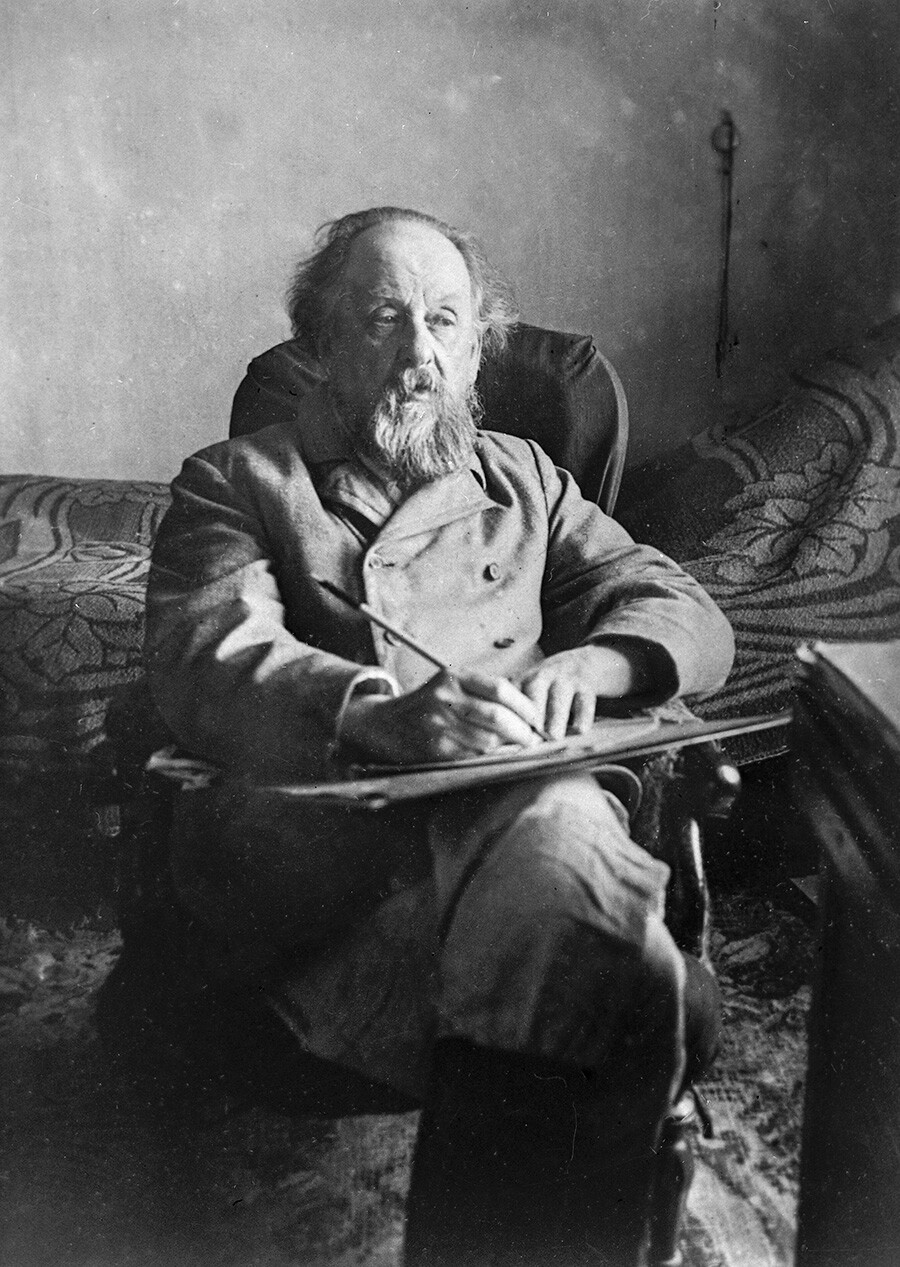
Tsiolkovsky is the man who invented astronautics. The self-taught scientist conducted his research in space science unofficially: his contemporaries at the beginning of the 20th century considered Tsiolkovsky a weirdo and didn’t take him seriously, while he was actually ahead of his time, believing in the very possibility of space- and interplanetary flights.
It was Tsiolkovsky who scientifically substantiated that rockets were to be used for a flight to space; he calculated the required velocity to overcome Earth’s gravity (escape velocity), invented the variants of rocket controls, cooling systems and fuel supply systems. In his laboratory, he created the first wind tunnel. He also predicted the appearance of bullet trains and much more.
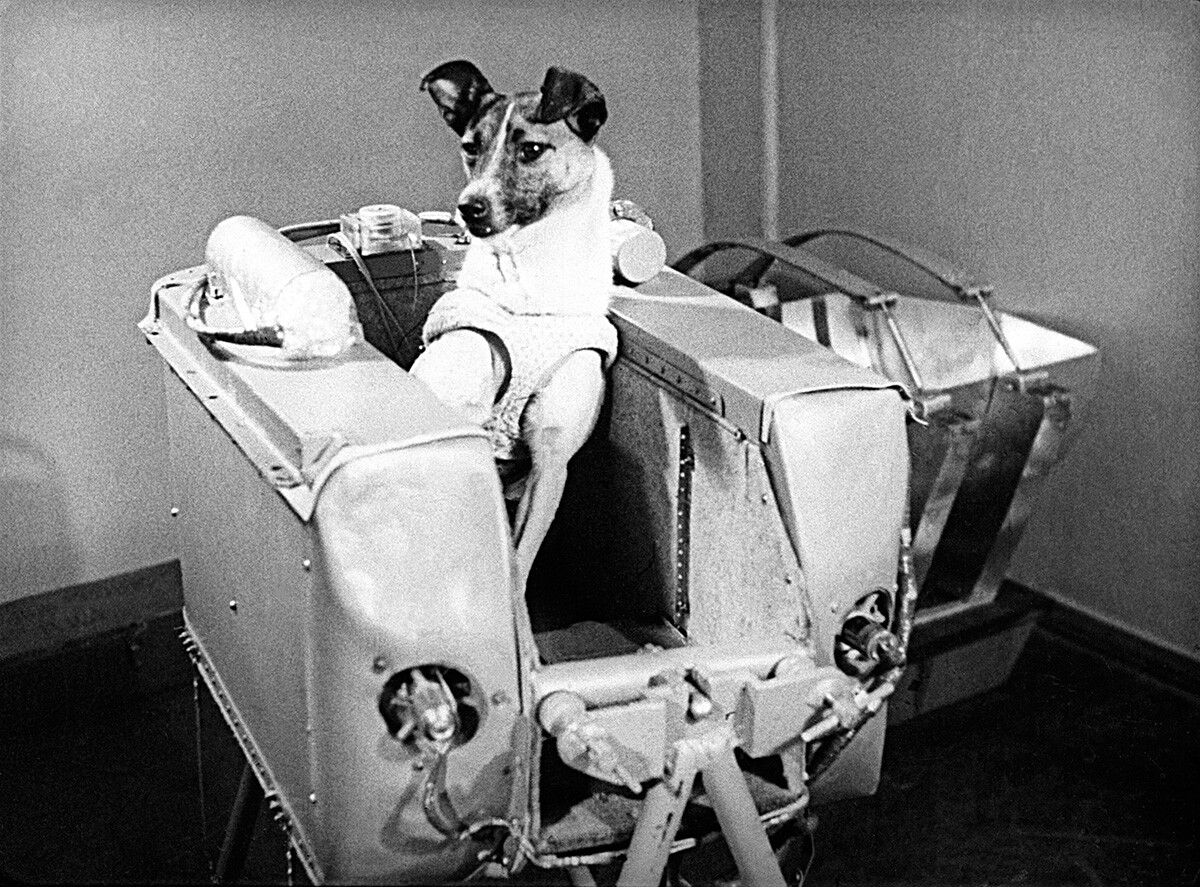
“Fuzziest, loneliest, unhappiest dog in the world.” That’s what ‘The New York Times’ wrote about Laika. Laika went to space on November 3, 1957, and became the first animal in space orbit in the history of humanity. She heroically overcame all her training and the takeoff.
Unfortunately, due to a design error, Laika soon died of overheating. Soviet authorities hid this fact and, for seven days, reported about the state of health of the supposedly living dog. When it was impossible to cover it up anymore, they said she had to be put down. In reality, Laika didn’t have any chance of returning to Earth to begin with. Read more about her tragic fate here.
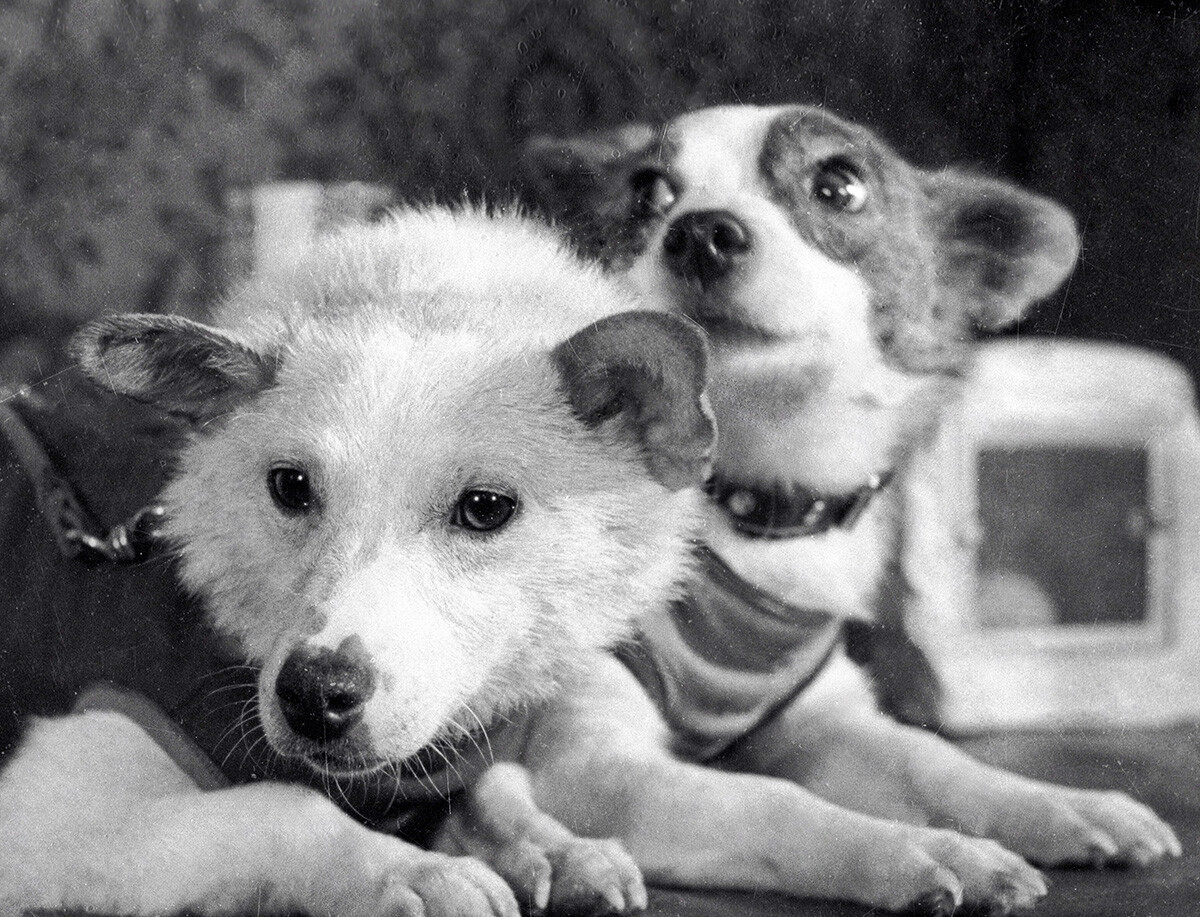
Two mixed-breed dogs named Belka and Strelka became the first dogs to return from space alive. In total, they spent 27 hours in space. Their flight was broadcast live, which was also a first: the picture from the spaceship was transmitted straight to Earth with a little delay.
Analyzing the results of the flight, scientists came to the conclusion that being in space holds no danger for humans. The launch of Belka and Strelka became the last launch before the first human flight. In the 1960s, these two dogs were the most popular dogs in the country: their portraits decorated billboards, posters, postmarks, postcards and calendars.
Dear readers,
Our website and social media accounts are under threat of being restricted or banned, due to the current circumstances. So, to keep up with our latest content, simply do the following:
If using any of Russia Beyond's content, partly or in full, always provide an active hyperlink to the original material.
Subscribe
to our newsletter!
Get the week's best stories straight to your inbox